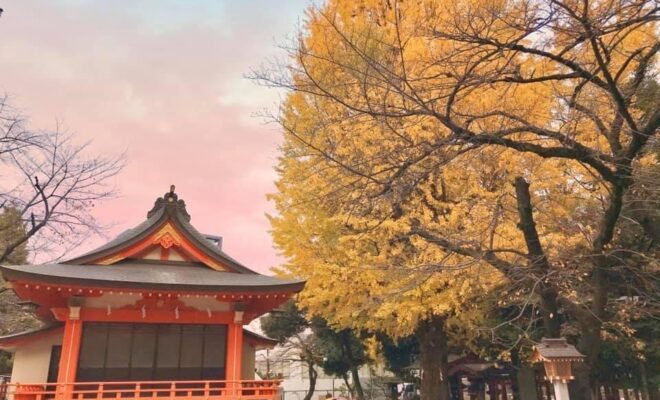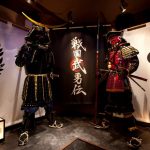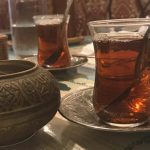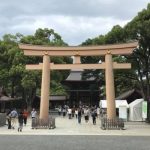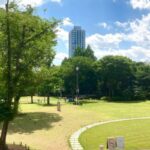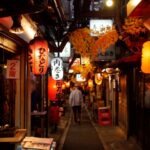Understanding Shinto Shrines: Their History, Meaning & Cultural Significance
Shinto shrines are sacred places in Japan where people go to worship and connect with the divine. They are often characterized by their beautiful architecture, serene atmosphere, and natural surroundings.
Inside the shrine, they offer prayers, make wishes, and express gratitude. Shrines are also known for their torii gates, stone lanterns, and sacred trees. Many shrines hold festivals and ceremonies throughout the year, attracting both locals and tourists. They are not only religious sites but also cultural landmarks, representing Japan’s rich spiritual heritage.
When traveling in Japan, be sure to visit various shrines in different locations.
What is a Torii Gate(鳥居)?

The Torii gate at a Shinto shrine marks the boundary between the human world and the sacred realm of the deities. Bowing at the gate is a sign of respect and gratitude. When passing through, lower your head slightly as a gesture of reverence.
After passing through the gate, you’ll find the approach to the main shrine, and in the center is the “seichu” path, which is reserved for the deities. As humans, we walk on either the right or left side of the path, allowing space for the gods to pass through the middle.
The process of purification before a shrine happens at the entrance from a small pavilion called Chozuya. Using a long handled ladle the worshipper will conduct a ceremonial of washing the hands as a symbol of purification.
How to Perform the Chozuya Purification Ritual Before Entering a Shrine
1. Hold the ladle in your right-hand and pour water over your left.
2. Change hands and pour water over your right-hand
3. Change hands again and pour water again over your left hand and then using this water take it into your mouth (then spit delicately into the drain; not the basin).
4. Finally, take some water in the ladle once more, then tilt it to let the water run down the handle, cleansing it for the next worshipper.
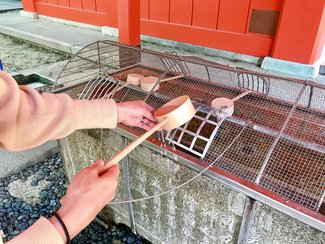
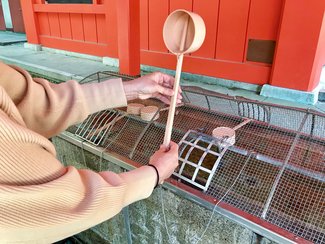
When making themselves known to a kami / deity Humans must be sincere, truthful and conscientious. These characteristics are vital attitudes of worship in Shinto. A person must also purify themselves on entering a shrines grounds.
The difference between Buddhist temples will usually be identifiable by a set of gates at the entrance to the temple. In front of the main temple will be large incense burners where visitors can purchase incense sticks, lighting them and placing them inside the burners. Waving the smoke around the body beforehand is believed to provide healing powers.
Unlike other religious grounds cemeteries or burials of the dead are almost never found at shrines because death is considered a cause of impurity in Shinto and even in Buddhism.
Approximately 80% of the Japanese population practices Shinto, making it one of Japan’s traditional religions. Though it is understood that many Japanese are open to both Shinto and Buddhism of various traditions.
How to Pray at a Shinto Shrine in Japan
1. First throw a coin usually 100 or 50 yen, in Wooden Box (saisen-bako).
2. Before the box, there should be a rope with bell suzu, take hold of the rope and ring it firmly for a few times. This will helps to get the attention of the god kami. Then bow twice at a 90-degree angle. Next, clap the hands twice, bow again, and then make your silent prayer / wish.
3. After you are done, bow one more time.
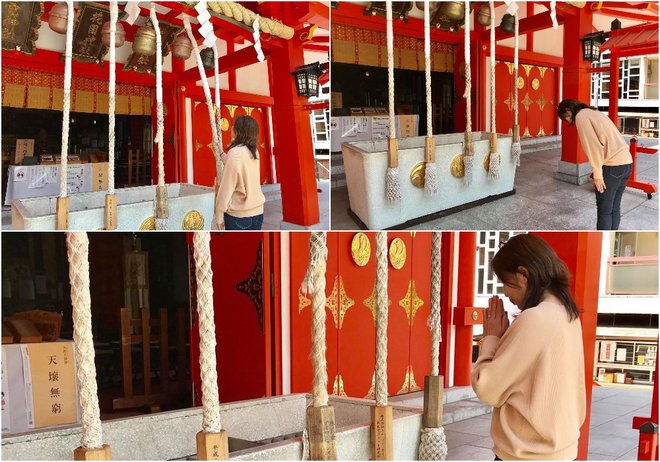
Omikuji and Goshuin: How to Get Your Fortune and Shrine Stamp
After worshipping at the main shrine of the Shinto shrine, you can visit the nearby shrine office to draw an omikuji (fortune slip) or receive a goshuin (stamp of the shrine’s name and seal) as a memento of your experience in Japan.
In the shrine’s office, various lucky items are available for purchase.
Omikuji
When you draw an omikuji, you will find fortunes and predictions written on them, allowing you to glimpse into your future. It is similar to fortune cookies, which contain written fortunes.
Goshuin
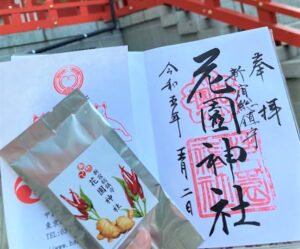 Goshuin, also known as shrine stamps, are special calligraphic stamps that you can receive at Shinto shrines in Japan.
Goshuin, also known as shrine stamps, are special calligraphic stamps that you can receive at Shinto shrines in Japan.
A priest or shrine attendant will then inscribe the shrine’s name and seal in beautiful calligraphy. Each goshuin is unique to the shrine and serves as a cherished memento of your visit.
■Collect Shrine Stamps (Goshuin御朱印) at Sacred Shrines-Create Special Memories in Japan!
Omamori
There are protective amulets available for different wishes, such as good health, traffic safety, academic success, prosperous business, warding off evil, and finding love.
Ema: Wishing Plaques at Shinto Shrines
Ema refers to small wooden plaques with horse drawings, where people write their wishes and dedicate them to the shrine.
These are some common items sold at shrine offices. It’s important to note that each shrine may have its unique offerings or regional specialties.
■13 Shrines in Shinjuku, Tokyo|A Cultural and Spiritual Guide
(YOKOSO SHINJUKU)

